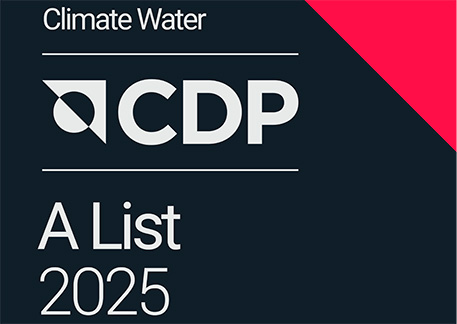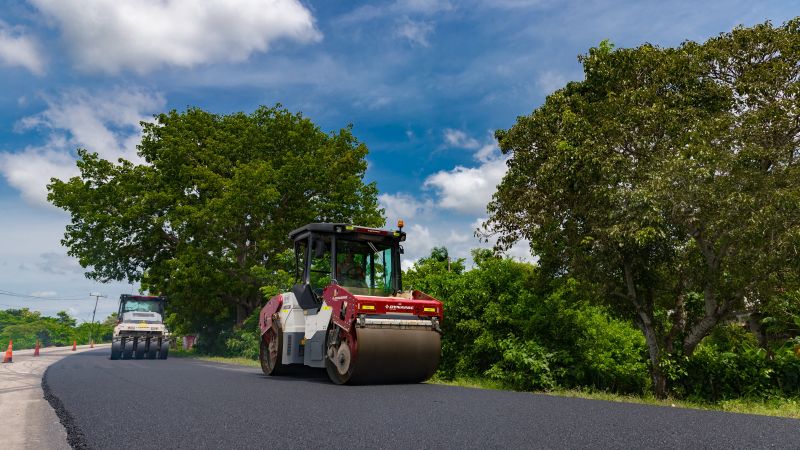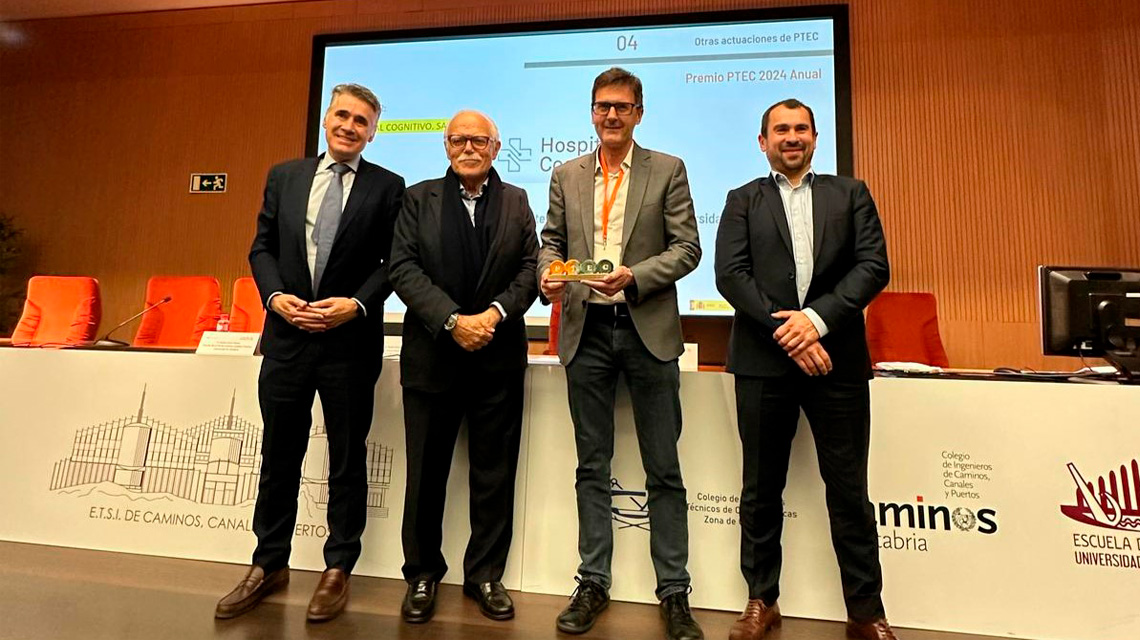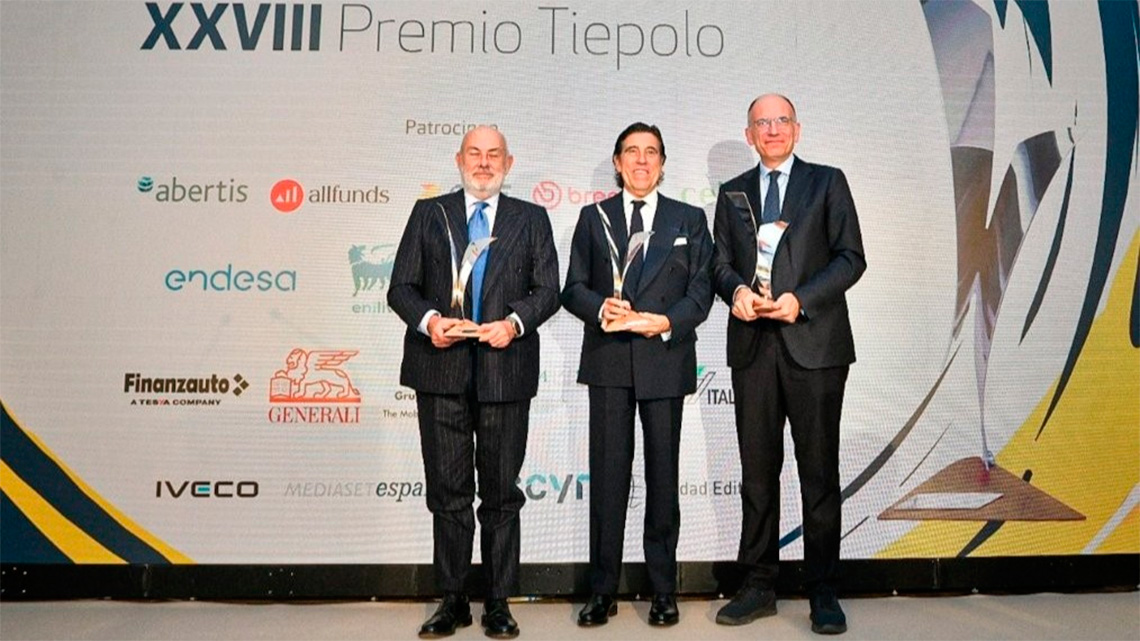Sacyr has made it into CDP's prestigious 'Double A List', recognizing the company's leadership in both climate change and water security. CDP is a non-profit organization running the world's largest environmental disclosure system.
Inclusion on the 'Double A List' demonstrates Sacyr's commitment to addressing today’s most pressing environmental challenges.
Sacyr achieved an "A" score for climate for the fourth consecutive year, driven by its comprehensive decarbonization strategy and proactive climate risk management. In water security, the company has maintained its leadership position for the third year, earning an "A" grade that highlights its dedication to protecting vital water resources.
CDP assesses and scores over 24,800 companies, maintaining the world's largest environmental database, aligned with the Task Force on Climate-related Financial Disclosures (TCFD). CDP data is a catalyst for change, enabling harmonization of climate and nature with economic imperatives. Disclosed information is a critical resource used by policymakers, governments, investors, purchasers, and financial institutions.
CDP's scoring is based on voluntary and comprehensive disclosure of environmental data, providing a robust assessment of how companies manage climate change and water-related risks and opportunities. Inclusion on CDP’s ‘A List’ recognizes those companies leading the transition to a more sustainable and resilient economy.
Patricia Martínez Íñigo, Sacyr's Chief Sustainability, Environment and Innovation Officer, stated: "Our fourth consecutive year in the leadership band of CDP's rigorous environmental disclosure process confirms the strength and consistency of our strategy. By reducing emissions and managing water resources responsibly, we are creating long-term value for our customers, investors, and the communities we serve."
Advancing Decarbonization
This year, Sacyr reinforced its climate leadership by revalidating its science-based targets. The Science Based Targets initiative (SBTi) has rigorously reviewed Sacyr's targets and affirmed that they are aligned with a 1.5°C pathway, the most ambitious designation available.
Specifically, Sacyr has committed to reducing absolute Scope 1 and 2 greenhouse gas (GHG) emissions by 42% by 2030, from a 2020 base year, and to reducing absolute Scope 3 GHG emissions – covering purchased goods and services, fuel- and energy-related activities, and waste generated in operations – by 25% within the same timeframe.
Sacyr's Decarbonization Plan comprises more than 300 projects implemented across its business lines and locations.
Water Positive
Sacyr was the first Ibex 35 company to have its water footprint verified according to the ISO 14046 standard. In 2025, AENOR has certified this verification for the fourth consecutive year, demonstrating Sacyr's leading role in water resource protection within the infrastructure sector.
Sacyr aims to reduce its own water consumption by at least 5% by 2027 across all its activities, in both high and low water stress areas. To achieve this, the company assesses its water footprint to understand, identify, and evaluate the actual and potential impacts related to freshwater and marine environments.
Sacyr's wastewater treatment activities significantly improve water quality.
Additionally, the desalination plants managed by Sacyr Water provide fresh water to regions facing high water stress, creating a positive impact on the environment.
About CDP
The Carbon Disclosure Project (CDP) is a global non-profit organization that runs the world’s leading environmental disclosure system. CDP drives companies, capital markets, cities, states and regions to manage their environmental impacts.
The full list of companies on CDP’s 2025 A List is available here.



